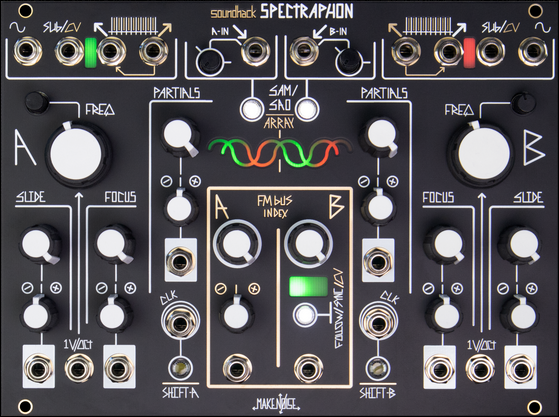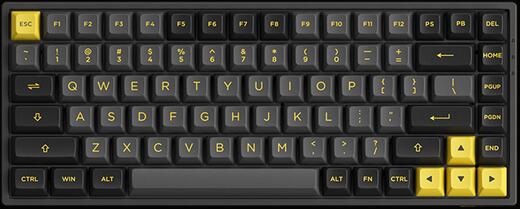The days are getting too long, the sun too bright, the air too warm. I’m mostly staying inside, and the air conditioner has been keeping up so far. But it’s still getting to me. The sun and the cat (the reason we don’t have blackout curtains) are both up well before my alarm clock and usually wake me up too.
So that makes me more susceptible to a kind of mild depression and anxiety both. Enter into that: yearly performance reviews coming up, and with it the silly SWOT thing I have to fill in with basically the same text every single year. I’m very good at what I do and always get heaped with praise but that doesn’t mean it’s not a nerve-wracking mess until it’s over.
Also, my Prius C, which has been perfectly trouble-free for nearly 10 years now aside from tire pressure, doesn’t start and does kind of random weird things when I try. I figure it’s almost certainly the 12V battery. (10 years is a pretty great run for a car battery, honestly.) It isn’t in the usual place, it’s under the backseat in a little compartment. First I read that it’s difficult to get to and requires professional installation, which boosted my anxiety, then I saw some stuff about how it’s really not hard, which didn’t lower it that much. I bought a charger online that’s supposed to arrive today; if I can get the car started I’d rather bring it to the dealership to fix. If not, I guess I’ll buy a battery and install it myself to avoid having to pay for towing. At least I work from home most of the time and we’ve got the other car to fall back on.
Other than that… I guess things are OK. Progress on track 6 was a little slow, because I was just not in the mood to follow through on my ideas until I made myself put in some time. Right now it’s several pieces of audio that need to be put together like a collage, then I’ll figure out what else it needs (and if the idea worked at all). I think I prefer just recording pieces live in a single session as much as possible.
I’ve got to say, I’m pretty happy with the sound of the album overall so far.
Waiting on that Spectraphon shipping notice. I’m not quite going to my email and hitting F5 every few minutes, but I *am* in suspense. I don’t know what a tenterhook is, so maybe I am on them…
I’ve read a few things recently, but what has stood out is Hannah Witten’s The Foxglove King. It’s almost a “you can’t spell necromancer without romance” sort of thing, but the main draw is the intrigue and magic and dread.





